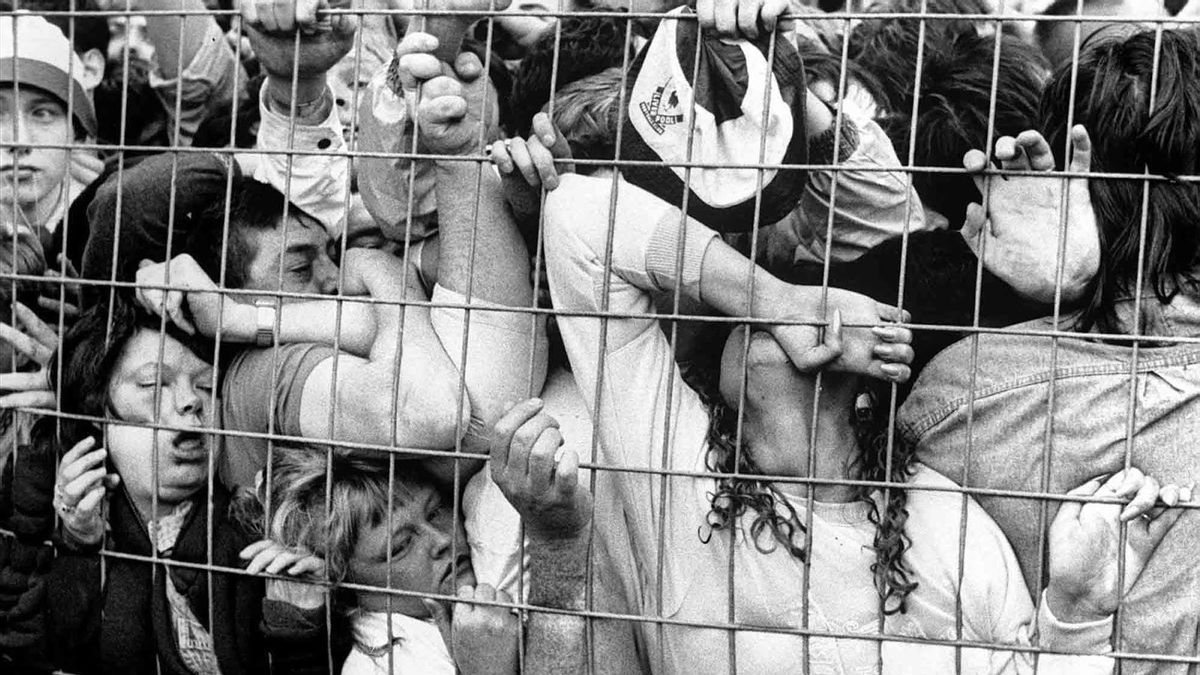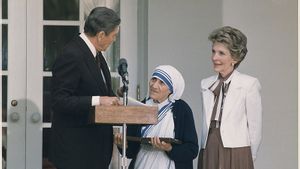JAKARTA - On April 19, 1989, the Hillsborough Stadium in Sheffield, England, witnessed one of the biggest sporting tragedies in history. The Hillsborough tragedy killed 97 people and injured 766 others. Most of them are fans of the Liverpool club.
The FA Cup semi-final match between Liverpool and Nottingham Forest, which was supposed to be a fun and vibrant event, turned into a disaster when a crowd of Liverpool fans flooded the already overcrowded stadium.
Many fans were unable to enter the stadium, and some of them then chose to climb the guardrail in the stands. They forced their way into the stadium at all costs.
Inside the stadium, chaos was exacerbated by the inability of security officers to regulate the crowd. Liverpool fans were forced to crowd around the guardrail of the spectator stands. As a result, many people were pinched and crushed. Many fans were caught in the crowd and had difficulty breathing. They were injured by flanking and being beaten by security officers.
Although security officers initially tried to help trapped fans, the situation got worse when police made the decision to open the gate to let fans in. This decision actually exacerbated the situation, as thousands of fans flooded stadiums and were trapped in a narrow corridor.
The Hillsborough tragedy shocked the world and sparked a national debate about stadium security and crowd management policies at major sporting events. An official investigation was carried out, led by Supreme Court Justice Peter Taylor, and the results were published in 1990. The report stated that a major mistake had been made by security officers and police at the time of the incident.
The Hillsborough tragedy has also caused controversy in the relationship between the media and the families of the victims. Many victims' families feel that the media has defamed the dead, and questioned media coverage that blamed Liverpool fans for the incident.
In 2012, after a long campaign by the victim's family, the independent panel reviewed all the evidence and found that a lot of information addressed to Liverpool fans at the time turned out to be wrong. This paved the way for families of victims and survivors to demand justice and a greater understanding of what happened at Hillsborough on April 19, 1989.
"Darely they say everything bad to those who died at Hillsborough, as my brother experienced. The victims didn't make any mistakes at that time. Now many survivors are still traumatized, and they are increasingly depressed by the uploads on social media. This is a very real danger to their mental health. Some even commit suicide because they are constantly sinking, being blamed throughout their lives," said Louise Brookes, a woman whose older brother died in the Hillsborough Tragedy, as quoted by The Guardian.
The Hillsborough tragedy remains a very historic and heartbreaking tragedy in the world of sports. It inspires changes in the policies and security practices of sports stadiums around the world, as well as reminds us of the importance of ensuring safety.
The English, Chinese, Japanese, Arabic, and French versions are automatically generated by the AI. So there may still be inaccuracies in translating, please always see Indonesian as our main language. (system supported by DigitalSiber.id)









